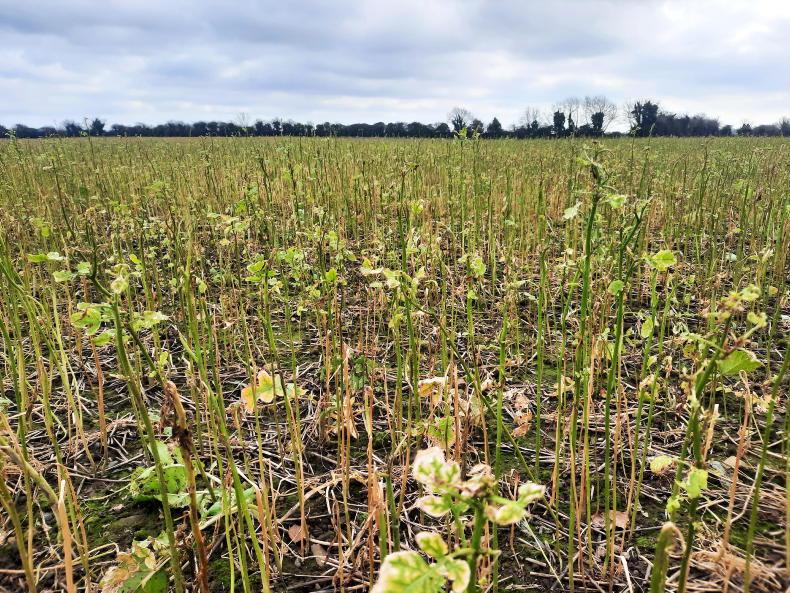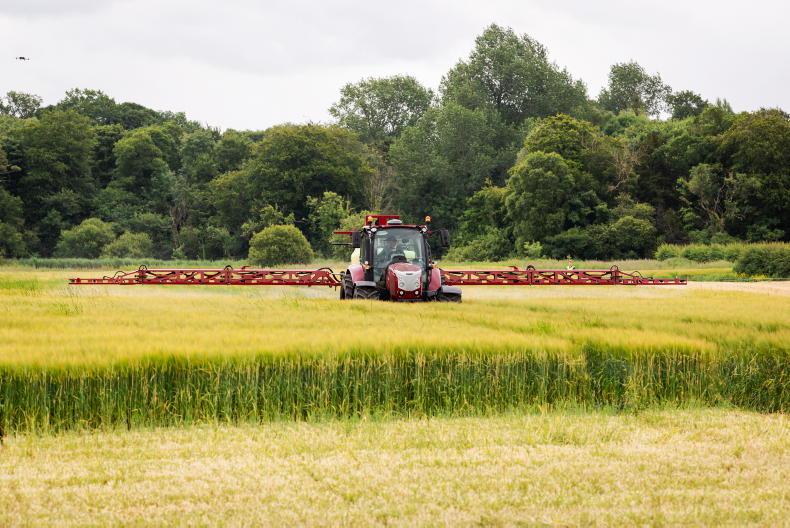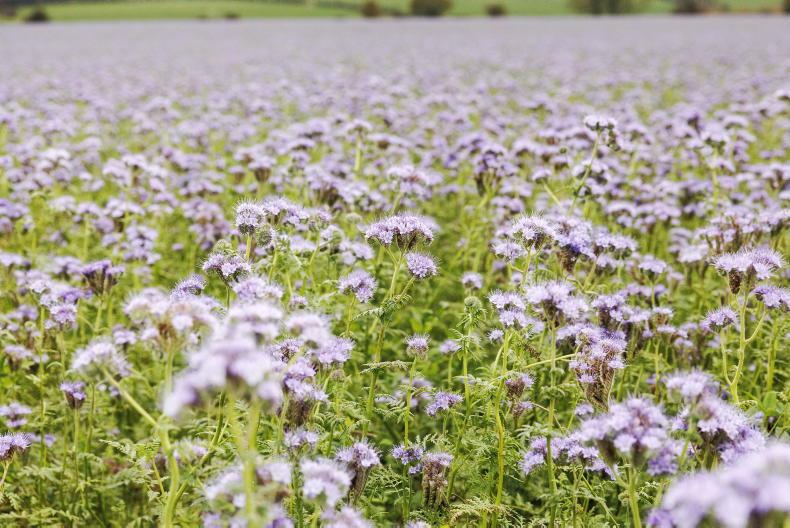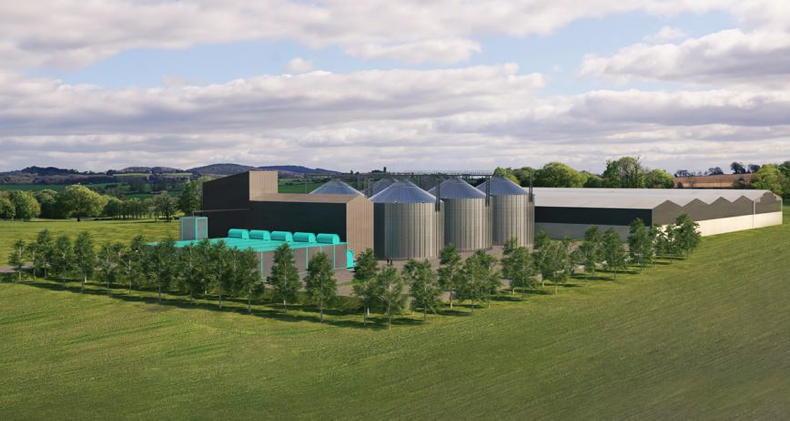The results of resistance testing on 2023 harvest samples have been alarming, as 41 out of 65 (63%) grass-weed populations proved resistant to a wide range of ACCase (Axial, Falcon, Stratos) and ALS (Pacifica, Broadway) herbicides applied at the recommended rate.
Samples
These were the resistance-suspect samples submitted by growers/advisers.
Fifteen out of 17 Italian ryegrass populations tested were ALS-resistant, and nine of those were also ACCase-resistant.Nine out of 12 blackgrass samples were resistant, of which five were ACCase/ALS-resistant, three were ACCase-resistant only and one was ALS-resistant only.Ten out of 14 spring wild oats were ACCase-resistant.Seven out of eight meadow grass (annual and rough-stalked) were ALS-resistant.Out of 14 brome populations tested, no full resistant brome was detected.
Figure 1: Symptoms of selected resistant blackgrass (A) and Italian ryegrass (B) populations following the application of recommended rates of ACCase and ALS herbicides.
It is more crucial than ever to collect seed samples from any suspect weeds (which have escaped control) to determine the sensitivity status of the weed population and to know what herbicides will work and what other integrated approaches to take.
Teagasc has launched a ‘Weed Watch-2024’ campaign with the Irish Farmers Journal to encourage growers and industry to utilise the free resistance testing service.
If you have uncontrolled weeds at harvest or suspect resistance, click here to find out how to collect seed samples for resistance testing.
All blackgrass and Italian ryegrass must be considered resistance-suspect. Wild oats, bromes, meadow grass, canary grass, chickweed, speedwell, poppy, corn marigold and others that are poorly controlled should also be tested to provide essential information to prevent weed challenges making crop production uneconomical.
We would like to see pictures of your grass weeds. As you walk fields looking for weeds and pulling those weeds, take a picture and we can show some in the paper to help other farmers identify these weeds on their farms. Pictures can remain anonymous, if desired. Send them to tillagenews@farmersjournal.ie.
The results of resistance testing on 2023 harvest samples have been alarming, as 41 out of 65 (63%) grass-weed populations proved resistant to a wide range of ACCase (Axial, Falcon, Stratos) and ALS (Pacifica, Broadway) herbicides applied at the recommended rate.
Samples
These were the resistance-suspect samples submitted by growers/advisers.
Fifteen out of 17 Italian ryegrass populations tested were ALS-resistant, and nine of those were also ACCase-resistant.Nine out of 12 blackgrass samples were resistant, of which five were ACCase/ALS-resistant, three were ACCase-resistant only and one was ALS-resistant only.Ten out of 14 spring wild oats were ACCase-resistant.Seven out of eight meadow grass (annual and rough-stalked) were ALS-resistant.Out of 14 brome populations tested, no full resistant brome was detected.
Figure 1: Symptoms of selected resistant blackgrass (A) and Italian ryegrass (B) populations following the application of recommended rates of ACCase and ALS herbicides.
It is more crucial than ever to collect seed samples from any suspect weeds (which have escaped control) to determine the sensitivity status of the weed population and to know what herbicides will work and what other integrated approaches to take.
Teagasc has launched a ‘Weed Watch-2024’ campaign with the Irish Farmers Journal to encourage growers and industry to utilise the free resistance testing service.
If you have uncontrolled weeds at harvest or suspect resistance, click here to find out how to collect seed samples for resistance testing.
All blackgrass and Italian ryegrass must be considered resistance-suspect. Wild oats, bromes, meadow grass, canary grass, chickweed, speedwell, poppy, corn marigold and others that are poorly controlled should also be tested to provide essential information to prevent weed challenges making crop production uneconomical.
We would like to see pictures of your grass weeds. As you walk fields looking for weeds and pulling those weeds, take a picture and we can show some in the paper to help other farmers identify these weeds on their farms. Pictures can remain anonymous, if desired. Send them to tillagenews@farmersjournal.ie.











SHARING OPTIONS